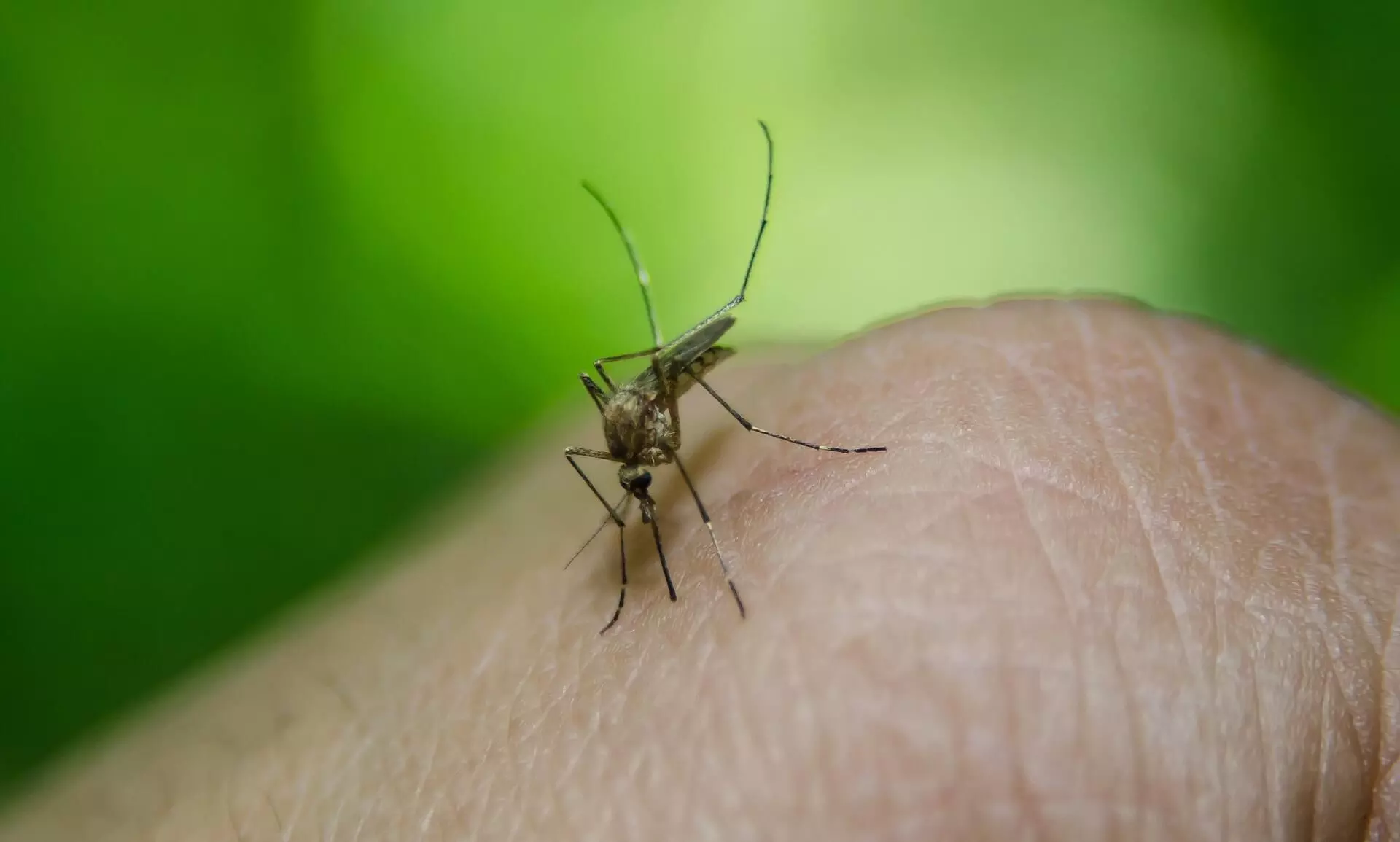'Humidity makes environment favourable for active malaria transmission'

Representational Image
Dr. Trinayani Bordoloi
Guwahati, April 25: The 'World Malaria Day 2022' under the theme of 'Harness innovation to reduce the malaria disease burden and save lives' underscores the need to find out new vector control approaches, diagnosis, medicines and other tools to reduce the rapidity of development of malaria, World Health Organisation (WHO) is calling for investments and innovations. This day is celebrated each year on 25th April to emphasize the requirement for constant investment and sustained political assurance for malaria prevention and control.
WHO (2020) reported that approximately half of the world's population is at risk of contracting malaria. Contribution of India to the world's malaria cases and deaths is estimated to be 1.7% and 1.2% respectively (World Malaria Report, 2021).
Malaria is a vector borne disease caused by four species of parasites of the genus Plasmodium namely Plasmodium falciparum, Plasmodium vivax, Plasmodium malariae and Plasmodium ovale. Infected female Anopheles mosquitoes can transmit the disease from one person to another. Plasmodium falciparum is the predominant parasite in North East (NE) India and the region alone contributes 12% of Plasmodium falciparum cases in India (Operational Manual for Malaria Elimination in India, 2016). In 2009, a study was conducted amongst the troops of Army units deployed in Assam and revealed that 86% to 98% were Plasmodium falciparum infections; the rest was Plasmodium vivax malaria.
Malaria cases were registered in all districts of Assam. Based on the annual parasite incidence (API), Karbi Anglong, Dima Hasao, Hailakandi, Kokrajhar, Goalpara and Baksa were mostly vulnerable districts as compared to others. In the state, cases of malaria have been detected in all the months of the year and peak cases are found in the month of May and June, which coincides with the rainy season. Relative humidity ranging from 70% to 85% throughout the year makes the environment favourable for mosquito breeding, survival and longevity and also favours active malaria transmission. Malaria cases are found irrespective of all age groups, both males and females and various cases occurred in villages near the vector-breeding habitat and in the villages at the foothills. Certain population groups such as pregnant women, Infants, children (below 5 years), HIV/AIDS patients and people with low immunity moving to areas of intense malaria transmission have significantly higher risk of contracting malaria and developing severe disease.
India has a long history of achievement and fights with malaria control. Government of India presented its first National Framework for Malaria Elimination (2016-2030) in 2016 and consequently increasing 25% of its funding for the National Vector Borne Disease Control Program. From the various study it has been observed that NE India witnessed decline in malaria cases gradually. The Ministry of Health and Family Welfare report (2021) shows that Assam also experienced a decreasing trend for malaria, where the maximum number of malaria cases was recorded in 2016 and the lowest in 2020. As per the National Strategy Plan (NSP) 2017- 2022 on Malaria Elimination Program, Government of Assam has aim to achieve zero indigenous transmission.
Malaria is a completely preventable and treatable parasitic disease. Introducing new drugs as well as intervention of various strategies can reduce the number of malaria cases. The use of long-lasting insecticide treated nets (LLINs) by people at risk and indoor residual spraying (IRS) with insecticide to control vector mosquitoes are helpful to decline the rate of infestation. Early diagnosis and comprehensive treatment of malaria reduces disease and prevent deaths. The collaboration of people, awareness program for bridging the gap between people and the health care system, would make society free from malaria.
Dr. Trinayani Bordoloi, is working in the field of Ethnographic study in Reproductive Health and Child Health for more than 10 years. She was attached with ICMR-RMRC, Dibrugarh, Assam as Scientist- B (NM) in an extramural project. She is also serving as an Associate editor in Scientific Research Journal of India (ScReJI).
The views and opinions expressed in this article are those of the authors. They do not purport to reflect the opinions or views of The Assam Tribune
